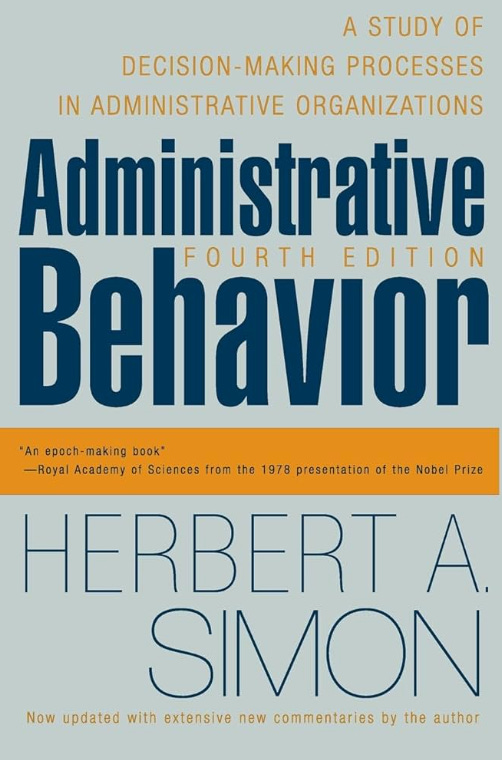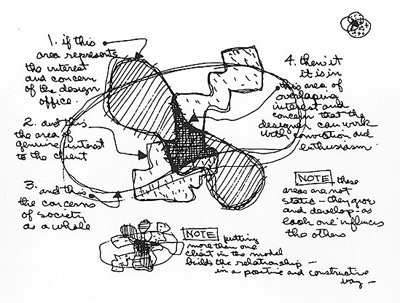Design as an art of decision-making
Designers gotta decide!
Early in my career, I knew of Herb Simon mostly by reputation—Nobel laureate in economics, a pioneer in AI, and one of those towering intellectual figures you hear about in academic circles. 📚 🤓 But it wasn’t until I studied at Carnegie Mellon (CMU) that I really dug into his work, particularly The Sciences of the Artificial.
If you’re unfamiliar, it’s a foundational text in HCI (human-computer interaction), where Simon defines design as "changing existing situations into preferred ones." He makes the case that design is inherently artificial—human-made and deliberately constructed, as opposed to something that just emerges naturally, like forests or rivers. 🍃
It’s a powerful way to think about the role of designers in shaping products, organizations, and even entire industries — changing the existing into the preferred.
But the Herb Simon book that kinda secretly stuck with me was Administrative Behavior. My thesis advisor recommended it while I was researching the rise of e-business & the digitization of organizations (before I switched to an entirely different topic! That’s a story for a different time). I’ll be honest: it was dense, dry, I barely skimmed half of it…and at the time, I didn’t fully appreciate why studying decision-making in large organizations mattered for a designer. Snooze! 😴
Fast forward 20+ years of working in UX and software design, and now I get it. Completely. 💯
Design is more than problem-solving
We often hear that design is about problem-solving—and that’s true. But in practice, design is really about decision-making. It’s not just about identifying a problem and solving it; it’s about navigating trade-offs, prioritizing constraints, and balancing competing needs—across users, business goals, technical feasibility, and organizational realities.
To design well, to lead a design process, to guide a product team—you are constantly making decisions: tactical, strategic, operational, even relational. It’s at the heart of organizational behavior.
Every design choice is a decision:
What problem are we actually solving?
What experience will create the most value for users?
What are the trade-offs between simplicity and power?
What do we prioritize (and remove) when designing an MVP?
And down to the details:
What should this icon communicate?
Should this table be paginated or infinite scroll?
How do we balance the tone of this error message between clarity and empathy?
Great designers (and great product teams) understand that every one of these choices involves constraints—social, technical, cultural, organizational. The best ones approach these decisions intentionally, using research, principles, and relevant customer feedback to guide them, rather than relying on personal opinion or arbitrary aesthetics. 🤔
The art of good decision-making
What separates strong product teams from struggling ones is their approach to decision-making. Thoughtful, informed decisions don’t happen by accident. They require:
A structured way of thinking about trade-offs — every choice has an opportunity cost.
A shared understanding of priorities — across product, design, and engineering.
A willingness to iterate — the best decisions are rarely made in isolation.
This is why great design teams don’t just focus on “making things look good.” 😆 They focus on understanding the consequences of their decisions—how they impact the product, the customer, and the business. ✅
Relatedly, I often think of Charles Eames' famous Venn diagram, where design exists at the intersection of user needs, business goals, and technical feasibility. That’s the reality of decision-making in product processes. It’s about balancing constraints while keeping the bigger picture in mind.
When you step back, you realize that Agile, Lean, and modern product development are fundamentally about decision-making. What do we build? When do we pivot? How do we prioritize? The same structured thinking that makes design effective also applies to product & engineering.
Maybe it’s time to revisit Herb Simon’s Administrative Behavior with fresh eyes. Because if we want to create better products, we need to get better at making good decisions. ✨




